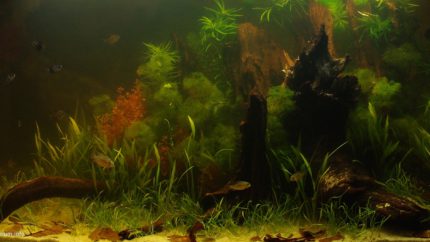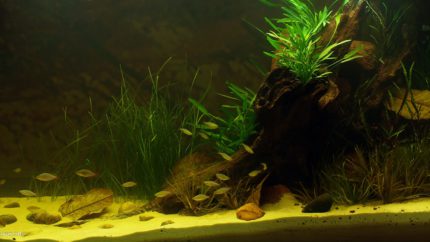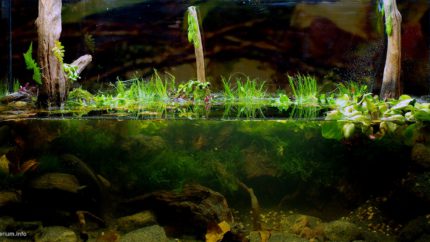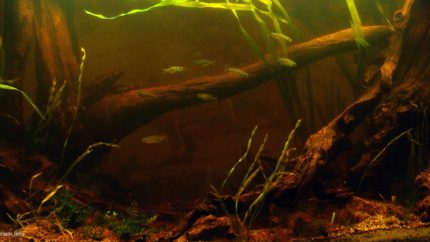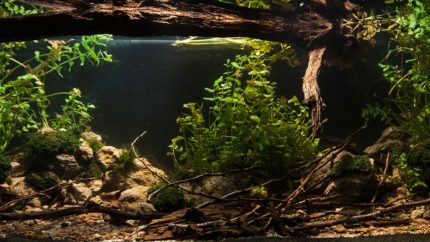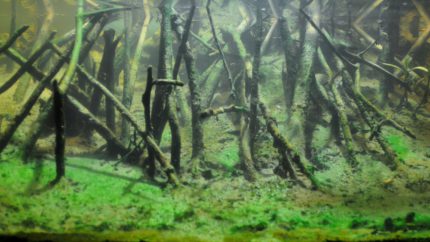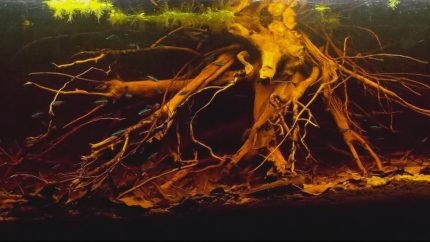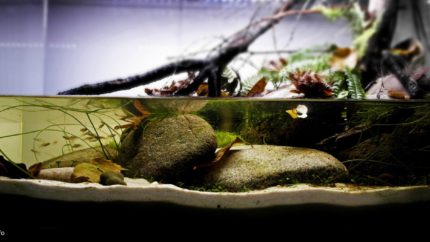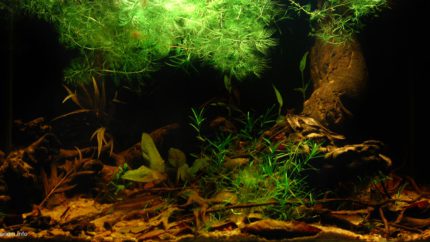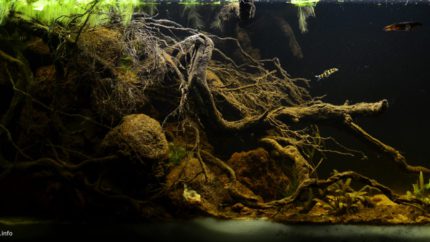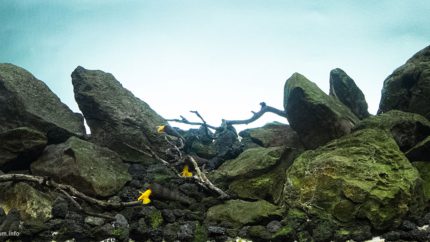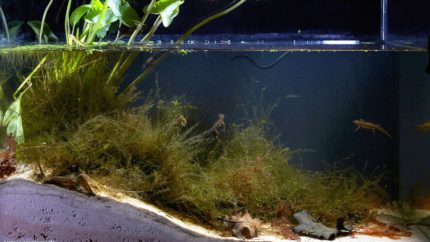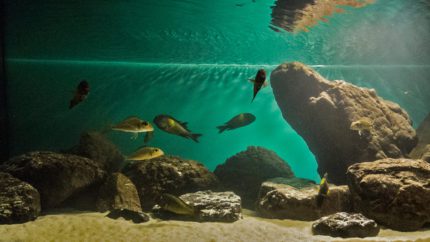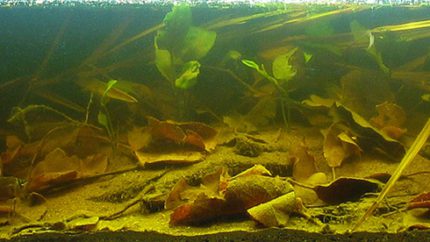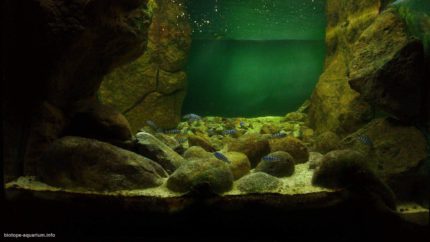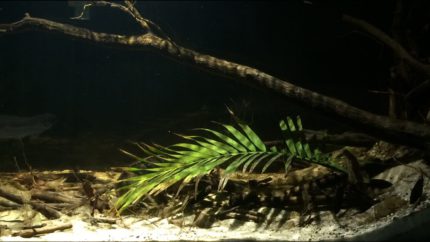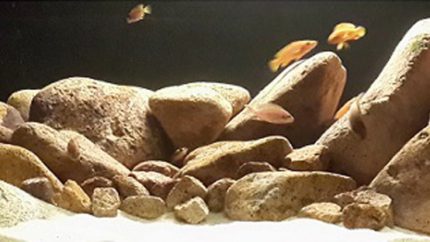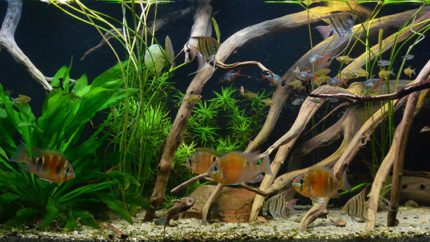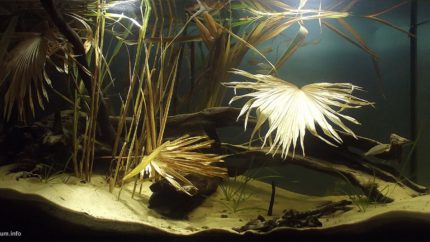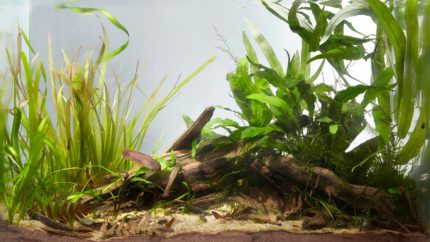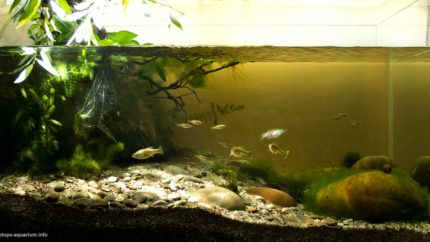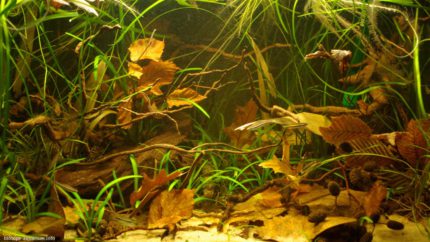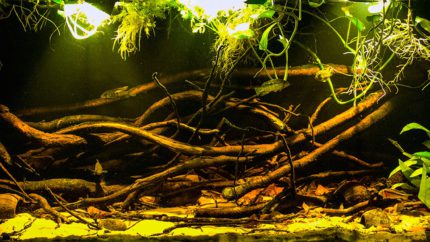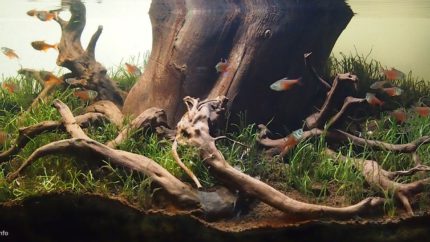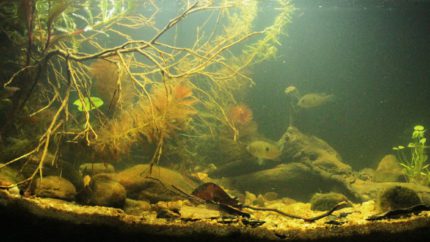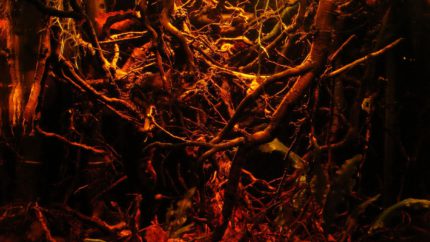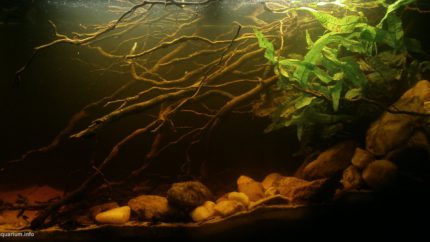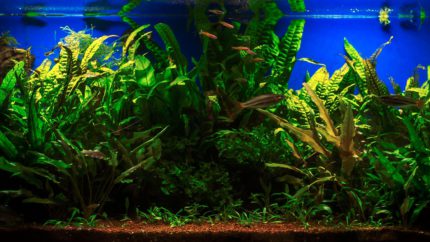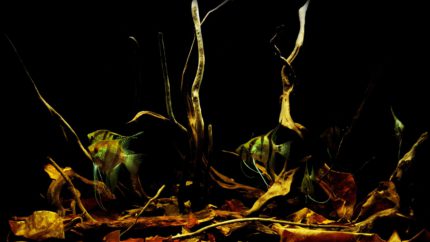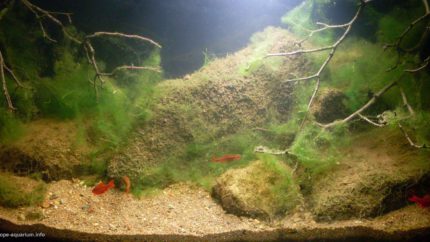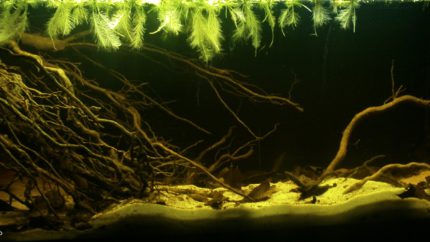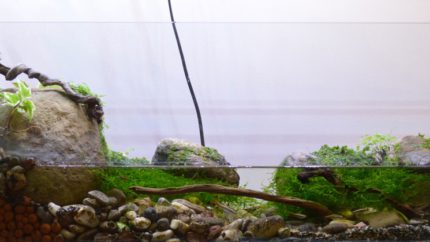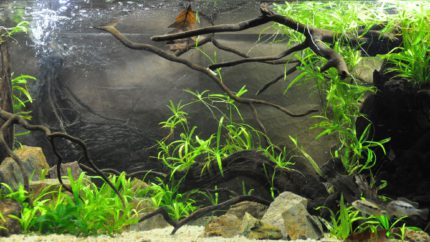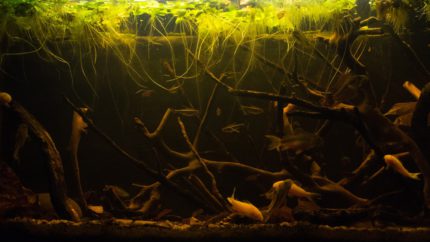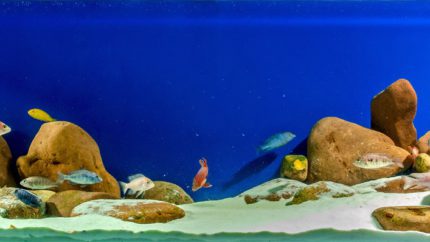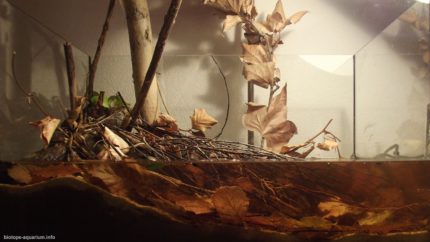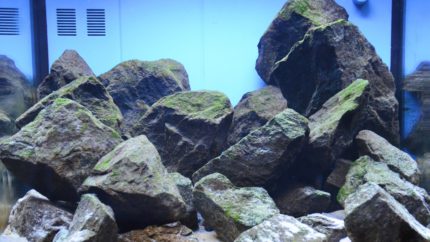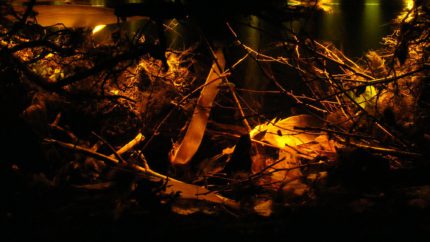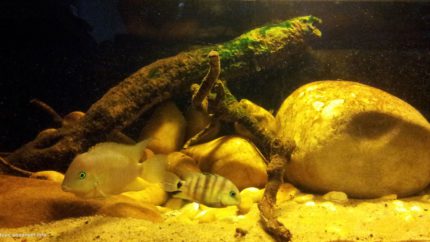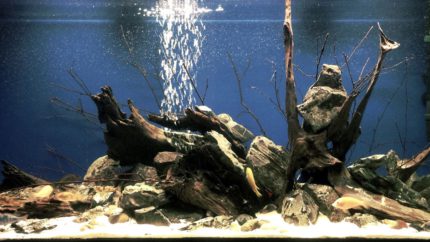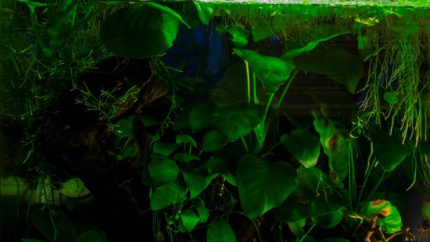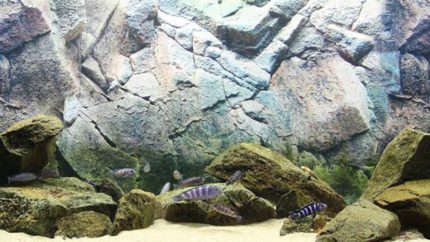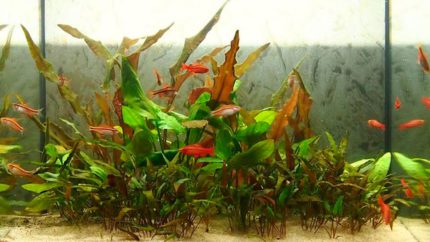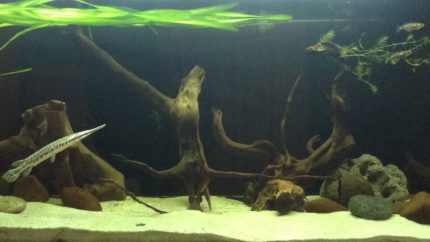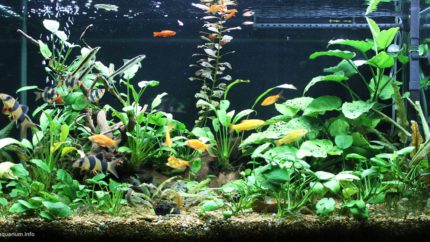BIOTOPE AQUARIUM DESIGN CONTEST 2015
We present to you the results of Biotope Aquarium Design Contest 2015. Congratulations to all participants to excellent results, and thank you for your invaluable contribution to the development of the biotope aquaristic. On pages of some aquaria you can find comments by the jury members. Just click on thumbnail of an aquarium and you will go to its page with its detailed description, photos and video. Prize pool is EUR 3,000 Enjoy viewing!
FINAL ROUND. RESULTS
The final round of Biotope Aquarium Design Contest 2015 was held on November 19th-21st in St. Petersburg, Russia, during ZooSphere 2015 exhibition. The contestants had the aquaria, all the equipment, fishes and plants and had to set up their biotope aquaria during those three days.
QUALIFYING ROUND. RESULTS
During the qualifying round of Biotope Aquarium Design Contest 2015 the participants sent to us the photos of their aquaria with the descriptions. On October 1st, 2015 the members of the jury chose five participants, who went to the final round of the contest to St. Petersburg on November 19th-21st, 2015.

I’m honored that for the third year in a row I’m part of this amazing contest. I want to congratulate the contestants and organizers for their hard work. Contest like this truly promote aquaristics in healthy way, pushing people to focus more on ecology, exploration and creativity. Few biotopes have some mistakes, so instead commenting top three in each category, I optioned to comment those and maybe help for future contests. Quality of biotopes is increasing each year and I belive this time really small details will decide who will be winner.

I’m thrilled to have been asked once again to judge this contest in 2015. With so many aquascaping contests around the world it is refreshing to see one dedicated to biotopes. Biotopes are after all the best way to keep any aquarium fish. By making them feel at home, we will hopefully see the fish behave more naturally, display better colours and be more likely to breed.
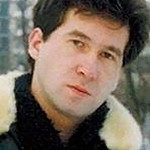
The entries submitted to this contest differ from the past years by more serious approach of participants. The entries with fish and plants from all over the world in the same aquarium are almost gone. There are no entries with indefinite titles like Orinoco River, without specifying a particular place. Despite the fact that almost all entries are well decorated (it is understood that the authors did their best), there were a lot of mistakes in them. I shall mention the most common ones. 1. In some entries there are too many organic matter in form of leaves, driftwood and branches. Of course, in the nature there are such parts of water bodies, but we have a biotope contest here and besides simulating specific biotope, it should function for a long time. When an author recreates a part of a water body with organic matter, it is possible to show it in aquarium by putting on the bottom a small amount of leaves and twigs. And they should be put beautifully and not in a mess. With this approach such elements of the scape like cans and car tires will be used soon. Such biotopes do exist in nature. And if the author still decided to use pile of leaves and twigs, then do not put oak leaves and alder branches with cones into the aquarium representing South America. Pick something similar. 2. Above water part of biotope is used too much. This year, the jury was instructed to evaluate only underwater part. It is strange that many participants ignore it. Aquaterrarium will always look better than aquarium, and it’s not fair. Underwater part is more difficult to set up. 3. Aquatic organisms. In some aquaria there are fishes that are never found together in nature. This is especially true concerning Lake Tanganyika. It is not because of the fact that some species live on the rocks, and others on the sand (although it is because of it, too), but because of the geographical area where fish species live in the lake. 4. Quality of the photo and the inability to see declared fish on the submitted photos. They are simply not there. Photos of poor quality and the lack of fish mentioned in description on the photos cause significantly lower points (I gave less). How can I evaluate a biotope aquarium, if I can not see who lives in it? One of the most important criteria is the fish and other inhabitants of a biotope. I think I cannot. However, this year’s entries were of much higher quality. Thanks to Unitex Company Group – the organizer of the contest, and to all participants.
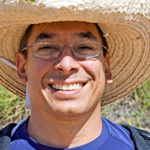
I have to congratulate everybody in the 2015 Biotope Aquarium Design Contest. This is my third year judging this event and it never seems to stop amazing me. Year after year the contestants bring in fresh new concepts and ideas into the aquarium hobby. The organizers make a great job organizing and coordinating the event. This is the way to go. Growing as a community is the most important part of a hobby. This is what you all do by participating and contributing to this event. I salute you all. As a River Explorer/Aquarist, I know how difficult it is to create a natural looking biotope aquarium. In the contest there are some very complex tanks and some that are extremely minimal. They all have their charm and sometimes the simplest one is the best. My belief is that even though you are recreating a specific habitat in an aquarium, at the end, it will always be an aquarium. What I mean by this is that it does have to conserve some sort of aesthetic charm to it. In nature there are some habitats which look like someone dumped a bucket of leaves and sticks in them. Dumping a bucket of leaves and sticks in your aquarium will recreate the biotope but will not be aesthetically pleasing. I believe there has to be a balance between creating and recreating. Another important aspect to be aware of in biotope aquariums is that in the wild things are not “clean”. I have spent years swimming in all sorts of rivers and let me tell you, there is always algae growth, periphyton covers everything including live plants and even live animals like on turtle shells. Silt and other debris cover the river bottom, etc. When you see a biotope aquarium that seems like everything has been boiled, brushed and polished, it does not look natural. The same happens when you say you are recreating a white water river and then your aquarium has clear water. Again, I do not expect the water to look like a cappuccino coffee but I do expect to see some amount of dissolved particles in the water. For example, if you recreate the Guaviare River in Colombia which is a white water river I do not expect to see clean silica sand in the bottom. Silty Rivers usually have a bit of silt in the bottom, right? Scientific names are super important to me. If you take the time and have the passion to recreate a habitat, you should put some time into having the scientific names up to date or at least spelled correctly. If you are not sure of the scientific name, write the common name, but please check your spelling. Last but not least is “locating” your biotope aquarium correctly. The concept of a biotope aquarium is to recreate a specific habitat of a specific geographical location. Naming your biotope aquarium “South American River” and adding Killifish from Argentina, Apistogramma from Peru, and brackish water guppies from Venezuela in my opinion does not create a biotope aquarium it creates a continent aquarium. Be specific! If your goal is a Nile River biotope aquarium then add silt in it and make it a bit “muddy”. If you want it to have clear water, be specific and say “Mutuku Creek, Sudan, which is a clear water creek that drains directly into the Nile River in Southern Sudan near the town of Juba”, but then, be sure the place really exists.

I have really enjoyed reviewing this years entries and have been very impressed with several of them. Some people are beginning to take this seriously as the blend of art and science that it is, and produce scenes that are virtually indistinguishable from underwater camerawork in nature. The concept of what a Biotope is seems to have been much better understood in general this year as well, and there were very few that missed the mark. I must confess I was slightly disappointed that there were not more West African Biotopes though, perhaps next year I will need to disqualify myself as a judge and enter one myself!
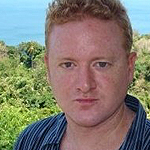
I am very happy with the results of the competition! Great job everyone!


